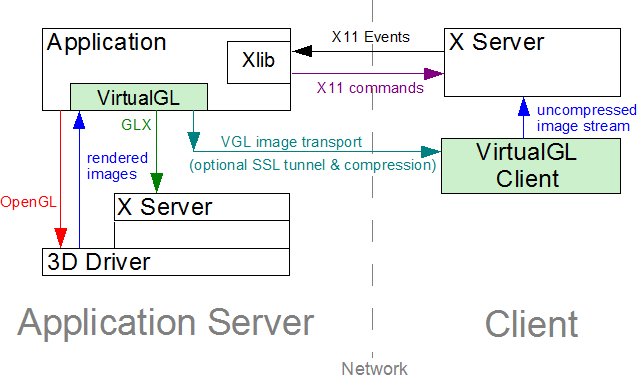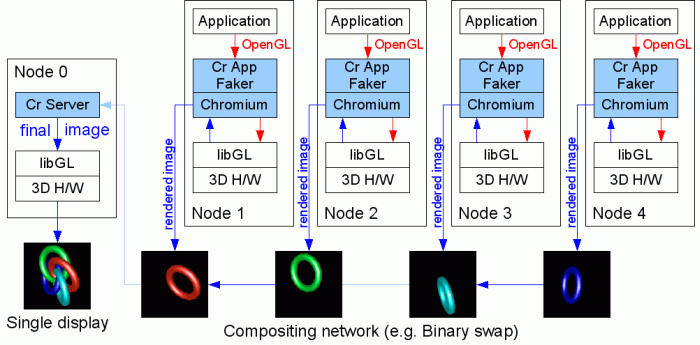Turbovnc Server Windows
Age Of Empires 3 Iii Limited Collectors Edition. TurboVNC / turbovnc. Fixed an issue in the console version of the Windows TurboVNC Viewer. The TurboVNC Server and the Java TurboVNC Viewer. Popular Alternatives to TurboVNC for Windows, Linux, Mac, BSD, Web and more. National Geographic Magazine July 2011 Pdf Microsoft Fix Cd Rom Tool. on this page. Explore 13 apps like TurboVNC, all suggested and ranked by the AlternativeTo user community. Windows TurboVNC Viewer will not connect to localhost. The Windows TurboVNC. 10 VNC Server to Windows TurboVNC Viewer will not connect to.
Hi all been at this a for a few days now and cant understand why i get the sad face after i login to vncviewer. Details: I have two accounts 'root' and 'user1' now i can ssh from a windows box and start a server with root login which in turn will let me login via vncviewer and work no problems. However if i try this method with my user1 account i get the sad face or black screen. Server running details:./vncserver Desktop 'TurboVNC: rhel7pod1:1 (user1)' started on display rhel7pod1:1 Starting applications specified in /home/user1/.vnc/xstartup.turbovnc Log file is /home/user1/.vnc/rhel7pod1:1.log i have changed the group to 'engineer' which user1 is part of but i believe that the main issue here is permissions as root runs fine?


If you need any information let me know and i will post accordingly. Many thanks edit1: looking into the Xvnc and when i run that command i get the following:./Xvnc TurboVNC Server (Xvnc) 64-bit v2.0.2 (build 20160312) Copyright (C) 1999-2016 The VirtualGL Project and many others (see README.txt) Visit for more information on TurboVNC 16:17:12 Using auth configuration file /etc/turbovncserver-security.conf 16:17:12 NOTICE: pam-userpwd is a permitted auth method Fatal server error: ERROR: no authentication methods enabled! Here is the config turbovncserver-security.conf # Uncomment the following to turn on the user access control list whenever # the PAM User/Password authentication method is used. # (Default: user ACL is disabled) #enable-user-acl # This specifies the maximum idle timeout (in seconds) for all TurboVNC # sessions started on this machine.
The idle timeout is the amount of time # that a TurboVNC session can remain idle (with no VNC viewer connections) # before it will automatically exit. If this value is set to a number greater # than 0, then all TurboVNC sessions on this machine will use this idle timeout # value by default, and the user will only be allowed to override it with a # lower value. #max-idle-timeout = 86400 # This specifies the maximum desktop size for all TurboVNC sessions started on # this machine. If a user attempts to start a session with a larger geometry # than this or to use remote desktop resizing to increase the desktop size to a # size larger than this, the desktop size will be clamped to this width/height. #max-desktop-size = 3200x1800 # Uncomment the following to globally disable the automatic sending of # clipboard changes from TurboVNC server sessions to their connected viewers. # (Default: clipboard sending is allowed) #no-clipboard-send # Uncomment the following to globally disable the automatic sending of # clipboard changes to TurboVNC server sessions from their connected viewers.
# (Default: clipboard receiving is allowed) #no-clipboard-recv # Uncomment the following to globally disable the ability to make reverse # VNC connections. # (Default: reverse connections are allowed) #no-reverse-connections # Uncomment the following to globally disable inbound remote connections to all # TurboVNC servers started on this machine. This effectively forces SSH # tunneling to be used for all inbound TurboVNC connections. # (Default: inbound remote connections are allowed) #no-remote-connections # Uncomment the following to globally disable the built-in HTTP server in all # TurboVNC servers started on this machine. #no-httpd # Uncomment the following to globally disable X11 TCP connections to all # TurboVNC servers started on this machine.
#no-x11-tcp-connections # Set pam-service-name to the name of the PAM service that you will use to # to process PAM User/Password authentications from TurboVNC. This service # name typically corresponds to a file in /etc/pam.d or to one or more lines in # /etc/pam.conf. # (Default: turbovnc) pam-service-name = password-auth-ac # Set the following to any combination of 'vnc', 'otp', 'pam-userpwd', or # 'none', separated by commas. If the following variable is enabled and # a particular authentication method is not listed in it, then users cannot # enable that authentication method by using Xvnc command line arguments. This # variable also controls the order in which the corresponding authentication # capabilities are advertised to the TurboVNC Viewer. See the man pages and # User's Guide for more information.



